

Articles
How To Store Fingerling Potatoes
Modified: December 7, 2023
Looking for articles on how to store fingerling potatoes? Check out our comprehensive guide for tips and tricks to keep your fingerling potatoes fresh and delicious.
(Many of the links in this article redirect to a specific reviewed product. Your purchase of these products through affiliate links helps to generate commission for Storables.com, at no extra cost. Learn more)
Introduction
Fingerling potatoes are a delicious and versatile variety of potatoes that are known for their slender shape and buttery flavor. They are a popular choice for culinary enthusiasts and home cooks alike. However, due to their delicate nature, fingerling potatoes require proper storage to ensure their freshness and prevent them from spoiling. In this article, we will explore the best methods to store fingerling potatoes, keeping them fresh and ready for use whenever you need them.
Properly storing fingerling potatoes is essential for maintaining their quality, flavor, and texture. Whether you have harvested fingerling potatoes from your garden or purchased them from a local market, following the correct storage techniques will help you maximize their shelf life and minimize waste.
In this comprehensive guide, we will walk you through the steps of choosing the right container, preparing the potatoes for storage, creating an ideal storage environment, and checking and maintaining storage conditions. By following these tips, you can be confident that your fingerling potatoes will remain fresh and flavorful for an extended period.
So, if you’re ready to keep your fingerling potatoes in optimal condition for weeks or even months, let’s dive into the details of proper fingerling potato storage.
Key Takeaways:
- Properly storing fingerling potatoes is crucial for maintaining their freshness and flavor. Choose the right container, create an ideal storage environment, and regularly check and maintain storage conditions to ensure your potatoes stay fresh for weeks or even months.
- Utilize your stored fingerling potatoes in various recipes, such as roasting, mashing, sautéing, grilling, or adding them to soups and stews. Enjoy the buttery taste and versatility of fingerling potatoes in your favorite dishes whenever you desire.
Choosing the Right Container
When it comes to storing fingerling potatoes, selecting the right container is crucial. The container you choose should provide proper airflow and insulation to maintain the ideal storage conditions for your potatoes.
Ideally, you should opt for a container that is breathable but still retains some moisture. This will prevent the potatoes from drying out while also allowing excess moisture to escape, reducing the risk of rotting or sprouting.
One of the best options for storing fingerling potatoes is a mesh or woven basket. These containers allow for excellent airflow, ensuring that the potatoes stay fresh and dry. Additionally, they offer a rustic and aesthetic appeal, making them a popular choice among home gardeners. Look for baskets made of materials like rattan or bamboo, as these are both durable and breathable.
If you prefer a more traditional option, you can also use a wooden crate or a sturdy cardboard box with ventilation holes. Ensure that the holes are small enough to prevent pests from infiltrating while still allowing sufficient airflow. You may also consider lining the container with a clean cloth or paper towels to help absorb excess moisture.
Avoid using airtight plastic bags or containers for storing fingerling potatoes, as these can trap moisture and lead to rotting or sprouting. Additionally, dark and damp environments should also be avoided, as they can promote the growth of pathogens and fungi.
Remember to choose a container that is large enough to accommodate the desired quantity of fingerling potatoes without overcrowding. Overcrowding can lead to bruising and spoilage. It’s recommended to leave some space between the potatoes to allow air circulation and prevent them from touching one another.
By selecting the right container, you can ensure that your fingerling potatoes remain fresh, dry, and free from mold or sprouting. Now that you have chosen the perfect storage vessel, let’s move on to preparing the potatoes for storage.
Preparing the Potatoes for Storage
Before storing fingerling potatoes, it is essential to properly prepare them to maintain their quality and prevent spoilage. Here are the steps to follow when preparing your potatoes for storage:
- Clean the Potatoes: Start by gently brushing off any dirt or debris from the potatoes. Do not wash them at this stage, as moisture can lead to rotting. Instead, use a dry cloth or a soft brush to remove any loose soil or mud.
- Inspect for Damage: Carefully examine each potato for any signs of damage, such as cuts, bruises, or soft spots. Remove any damaged or spoiled potatoes from the batch. Damaged potatoes can deteriorate quickly and potentially affect the quality of the rest of the potatoes in storage.
- Cure the Potatoes: Curing is an essential step for prolonging the shelf life of fingerling potatoes. Place the cleaned and inspected potatoes in a cool, dark, and well-ventilated area for about a week to allow them to develop a protective skin. A temperature range of 45 to 55 degrees Fahrenheit (7 to 13 degrees Celsius) is ideal for curing potatoes.
- Sort the Potatoes: After the curing process, sort the potatoes based on their size and shape. Grouping them together will make it easier to monitor their storage requirements and prevent any potential cross-contamination.
- Avoid Green Potatoes: Fingerling potatoes, like other types of potatoes, can develop a green hue when exposed to light. This green color indicates the presence of solanine, a natural toxic compound. To prevent this, store your fingerling potatoes in a dark place away from direct light. If you notice any green patches on the potatoes, discard them as they can be harmful if consumed.
By following these preparation steps, you can ensure that your fingerling potatoes are clean, inspected, properly cured, and ready for storage. These simple measures will help extend the shelf life of your fingerling potatoes and maintain their freshness and flavor. Now, let’s move on to creating the ideal storage environment for your potatoes.
Creating the Ideal Storage Environment
To maximize the shelf life of your fingerling potatoes, it’s crucial to provide them with the ideal storage environment. This includes controlling temperature, humidity, and light exposure. Follow these guidelines to create the perfect storage conditions for your potatoes:
- Temperature: Fingerling potatoes should be stored in a cool, dark place with a temperature range between 45 to 50 degrees Fahrenheit (7 to 10 degrees Celsius). Avoid extreme temperatures, as both heat and cold can cause the potatoes to spoil or sprout. It’s important to note that storing potatoes in the refrigerator is not recommended, as the cold temperature can convert the starches to sugar and affect their taste and texture.
- Humidity: Maintaining the right level of humidity is crucial for preventing the potatoes from drying out or becoming too damp. Aim for a humidity level around 80 percent. If the environment is too dry, you can place a damp cloth or a tray of water near the potatoes to increase humidity. On the other hand, if the storage area is too moist, you may need to use a dehumidifier or improve ventilation to prevent the potatoes from becoming soggy and prone to rotting.
- Light Exposure: Exposure to light can cause fingerling potatoes to turn green and develop solanine, a toxic compound. Therefore, it’s important to keep the storage area dark or use opaque containers that block out light. Avoid storing potatoes near windows or other sources of direct light. Keeping them in a cool and dark pantry or cellar is ideal.
Creating the ideal storage environment will help prolong the shelf life of your fingerling potatoes and maintain their quality. By controlling temperature, humidity, and light exposure, you can ensure that your potatoes stay fresh and flavorful for an extended period. Now that we have discussed the ideal storage conditions, let’s move on to the next step: storing fingerling potatoes.
Store fingerling potatoes in a cool, dark place with good ventilation, such as a pantry or cellar. Avoid storing them in the refrigerator, as the cold can cause the starches to turn into sugar. Keep them in a paper bag or perforated plastic bag to maintain airflow.
Storing Fingerling Potatoes
Now that you have prepared the fingerling potatoes and created the ideal storage environment, it’s time to store them properly. Follow these guidelines to ensure that your fingerling potatoes stay fresh and flavorful:
- Place the Potatoes in the Chosen Container: Gently place the fingerling potatoes in your chosen container, ensuring that they are not overcrowded. Leave some space between the potatoes to allow for adequate airflow.
- Avoid Stacking or Piling the Potatoes: To prevent bruising and damage, it’s best to avoid stacking or piling the potatoes on top of each other. If you have a large quantity of potatoes, consider using multiple containers or layering them with a breathable material like straw or newspaper.
- Keep the Potatoes in a Dark Location: Store the container of fingerling potatoes in a cool, dark place such as a pantry, cellar, or basement. Remember to keep them away from direct light, as exposure to light can cause the potatoes to turn green and develop unwanted toxins.
- Avoid Areas with Strong Odors: Fingerling potatoes are sensitive to odors and can absorb them easily, which may affect their flavor. Therefore, it’s important to store them away from strong-smelling substances like onions, garlic, or other pungent produce.
- Check the Potatoes Regularly: It’s a good practice to check on your stored fingerling potatoes periodically. Inspect them for any signs of decay, rotting, or sprouting. Remove any spoiled potatoes immediately to prevent them from contaminating the rest of the batch.
By following these storage guidelines, you can ensure that your fingerling potatoes remain fresh and flavorful for an extended period. Proper storage will help preserve their texture, taste, and nutritional value, allowing you to enjoy them in various culinary dishes. Now, let’s move on to the next step: checking and maintaining storage conditions.
Read more: How To Store Shredded Potatoes
Checking and Maintaining Storage Conditions
While proper storage conditions are crucial for preserving the quality of your fingerling potatoes, it is equally important to regularly monitor and maintain those conditions. Here are some tips for checking and maintaining the storage conditions:
- Temperature Monitoring: Check the temperature of the storage area regularly to ensure it remains within the recommended range of 45 to 50 degrees Fahrenheit (7 to 10 degrees Celsius). Fluctuations in temperature can impact the potatoes’ shelf life, so it’s important to make any necessary adjustments to maintain a consistent temperature.
- Humidity Control: Monitor the humidity level in the storage area using a hygrometer. Aim for a humidity level around 80 percent. If the humidity is too low, you can increase it by placing a damp cloth or tray of water near the potatoes. Conversely, if the humidity is too high, take steps to improve ventilation and reduce moisture in the area to prevent the potatoes from becoming overly damp.
- Inspect for Spoilage: Regularly inspect your stored fingerling potatoes for any signs of spoilage, such as mold, soft spots, or sprouting. Remove any spoiled or damaged potatoes immediately to prevent them from affecting the rest of the batch.
- Rotate the Potatoes: To ensure even airflow and prevent potatoes from developing soft spots or sticking together, gently rotate the potatoes in the storage container every few weeks. This will also allow you to inspect them closely and remove any damaged or deteriorating potatoes.
- Check for Pests: Keep an eye out for any signs of pests such as rodents or insects in the storage area. Pests can quickly damage or contaminate your potatoes, so take necessary measures to address any infestation promptly.
By regularly checking and maintaining the storage conditions, you can ensure that your fingerling potatoes remain in optimal condition for a longer period of time. This will help you minimize waste and enjoy fresh and delicious potatoes whenever you need them. Now, let’s explore how to make the most of your stored fingerling potatoes in your culinary endeavors.
Using Stored Fingerling Potatoes
Congratulations! You have successfully stored your fingerling potatoes and maintained their freshness. Now it’s time to put them to good use in your culinary creations. Here are some ideas for using your stored fingerling potatoes:
- Roasting: Fingerling potatoes are perfect for roasting. Their thin skin and buttery texture make them ideal for achieving a crispy exterior while remaining tender and flavorful on the inside. Toss them with olive oil, garlic, and herbs, then roast them in the oven until golden brown and delicious.
- Mashing: Boil your fingerling potatoes until they are fork-tender, then mash them with butter, milk, and seasonings to create creamy and flavorful mashed potatoes. The naturally rich and buttery taste of fingerling potatoes will elevate your mashed potato experience.
- Sautéing: Slice your fingerling potatoes into thin rounds and sauté them in a skillet with some olive oil, herbs, and spices. They make a delicious side dish or a great addition to salads or breakfast hash.
- Soup or Stew: Add diced or cubed fingerling potatoes to soups or stews for added heartiness and flavor. They hold their shape well during cooking and add a delightful texture to any soup or stew recipe.
- Grilling: Slice your fingerling potatoes lengthwise and grill them for a tasty side dish. Season them with your favorite herbs and spices, and grill until tender and lightly charred.
These are just a few ideas to get you started, but the possibilities are endless. Fingerling potatoes can be used in a wide range of dishes, from salads to casseroles, and their unique flavor and texture will add a special touch to your recipes.
Remember to always wash and prepare your stored fingerling potatoes right before using them. Inspect them for any signs of spoilage or sprouting, and remove any damaged potatoes before cooking.
With your stored fingerling potatoes, you can continue to enjoy the delicious, buttery flavor and versatility they offer in your culinary creations. So get creative and savor the taste of your homegrown or store-bought fingerling potatoes!
Conclusion
Storing fingerling potatoes properly is essential for preserving their freshness, flavor, and texture. By following the right storage techniques, you can extend the shelf life of your fingerling potatoes and minimize waste. Remember these key points to ensure successful storage:
- Choose the right container that allows for proper airflow and moisture control, such as a mesh or woven basket.
- Prepare the potatoes by cleaning them, inspecting for damage, and curing them for about a week.
- Create the ideal storage environment with a cool temperature, high humidity, and protection from light exposure.
- Store the fingerling potatoes in a dark location, away from strong odors and heat sources.
- Regularly check and maintain storage conditions by monitoring temperature, humidity, and inspecting for spoilage.
- Utilize your stored fingerling potatoes in various recipes, such as roasting, mashing, sautéing, grilling, or adding them to soups and stews.
Properly stored fingerling potatoes will provide you with delicious meals and culinary inspiration for weeks or even months. Enjoy the buttery taste and versatility of fingerling potatoes in your favorite dishes whenever you desire.
With the knowledge gained from this article, you can confidently store your fingerling potatoes and maintain their quality. Whether you’ve grown your own fingerling potatoes or purchased them, you now have the tools to keep them fresh and flavorful, saving you money and reducing food waste.
So, go ahead and apply these storage techniques to ensure that your fingerling potatoes remain a valuable ingredient in your kitchen for an extended period. Bon appétit!
Frequently Asked Questions about How To Store Fingerling Potatoes
Was this page helpful?
At Storables.com, we guarantee accurate and reliable information. Our content, validated by Expert Board Contributors, is crafted following stringent Editorial Policies. We're committed to providing you with well-researched, expert-backed insights for all your informational needs.
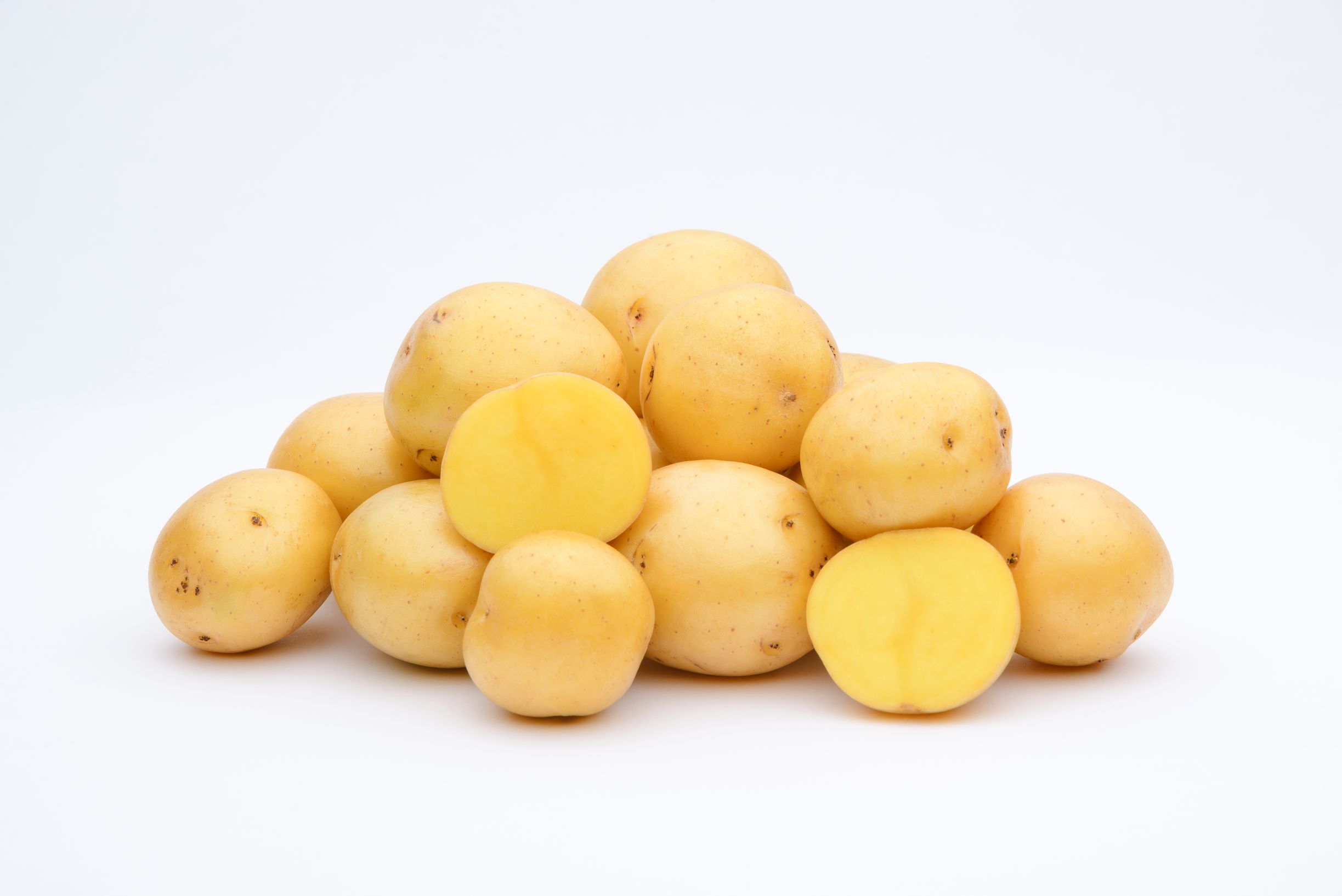


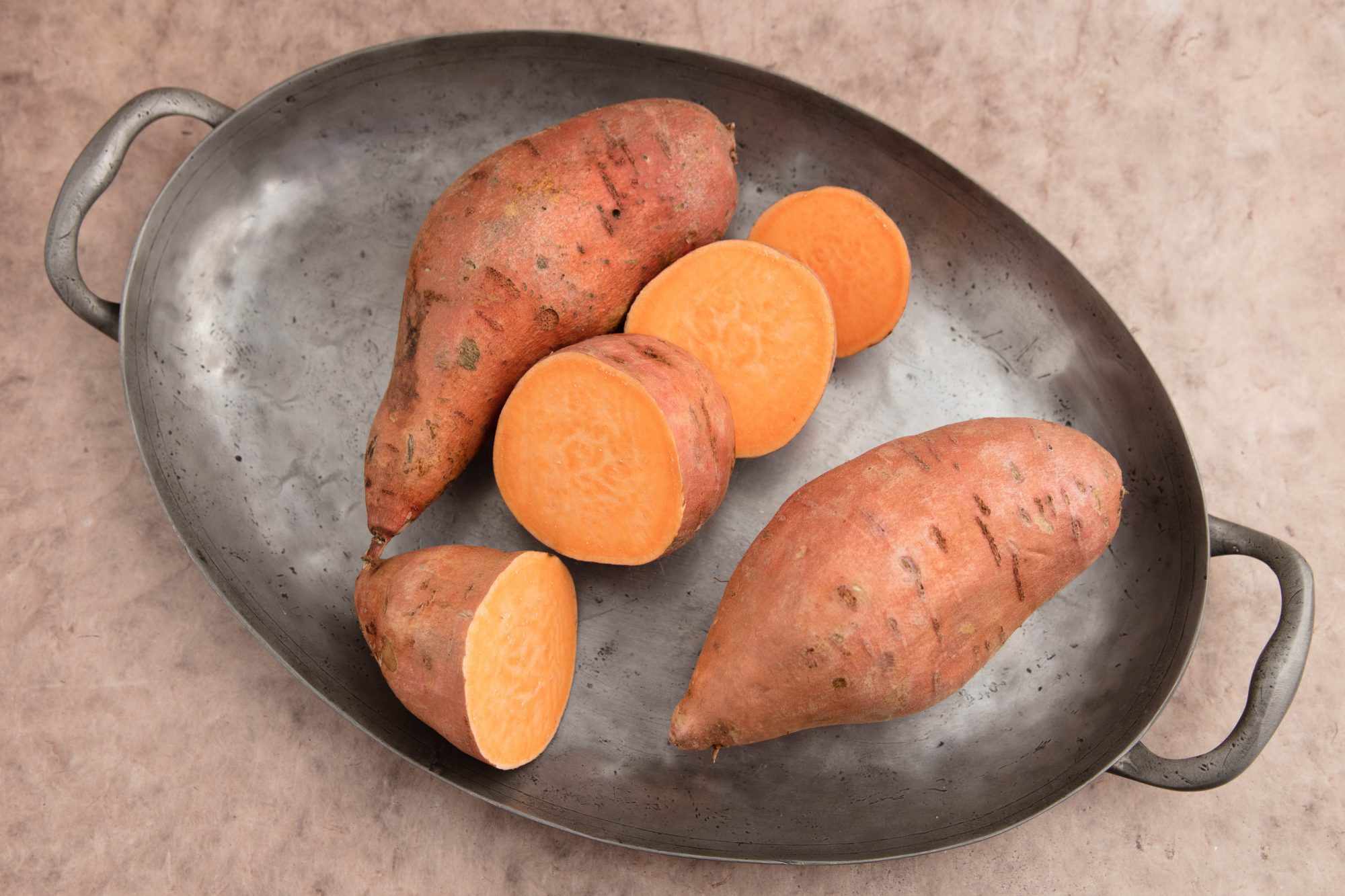
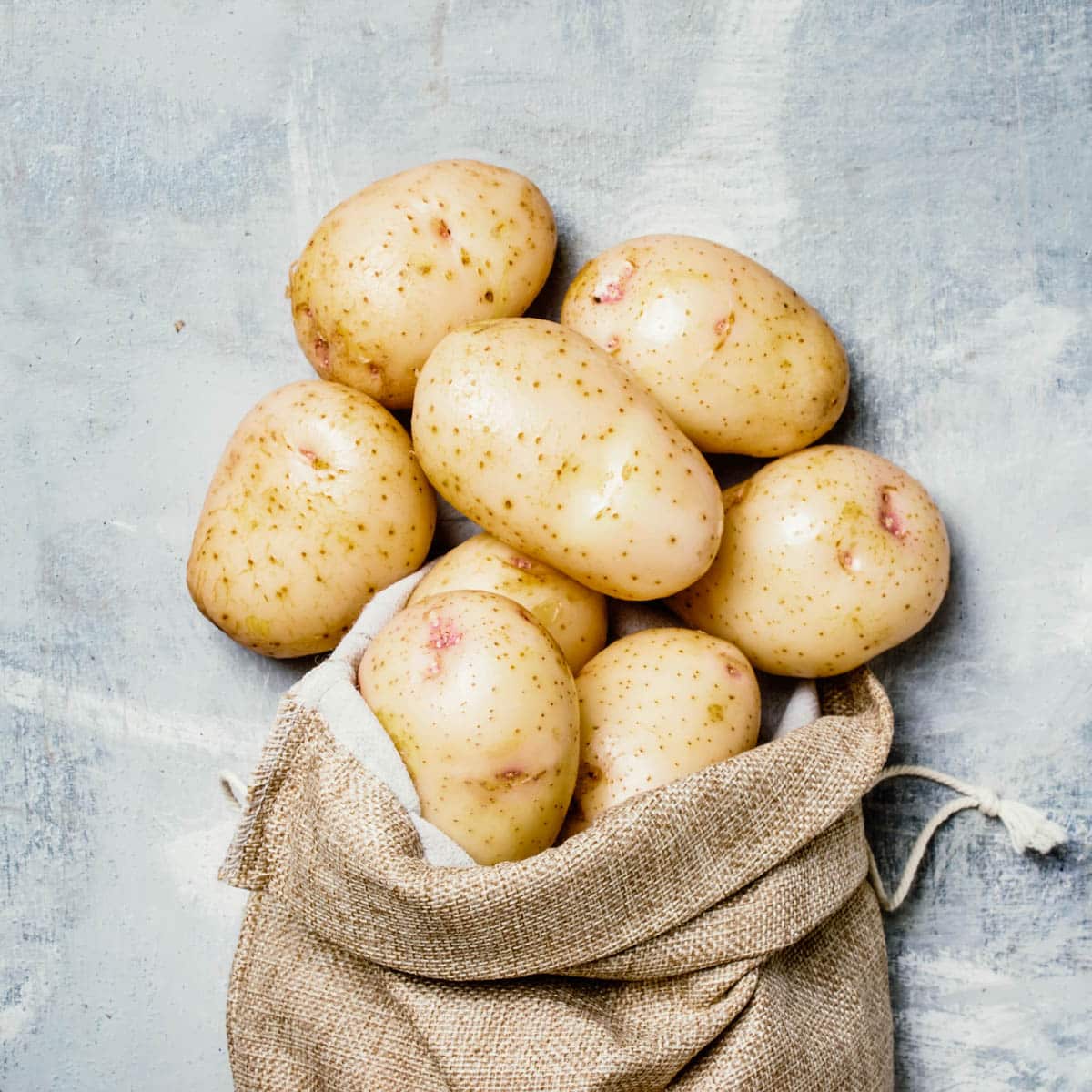
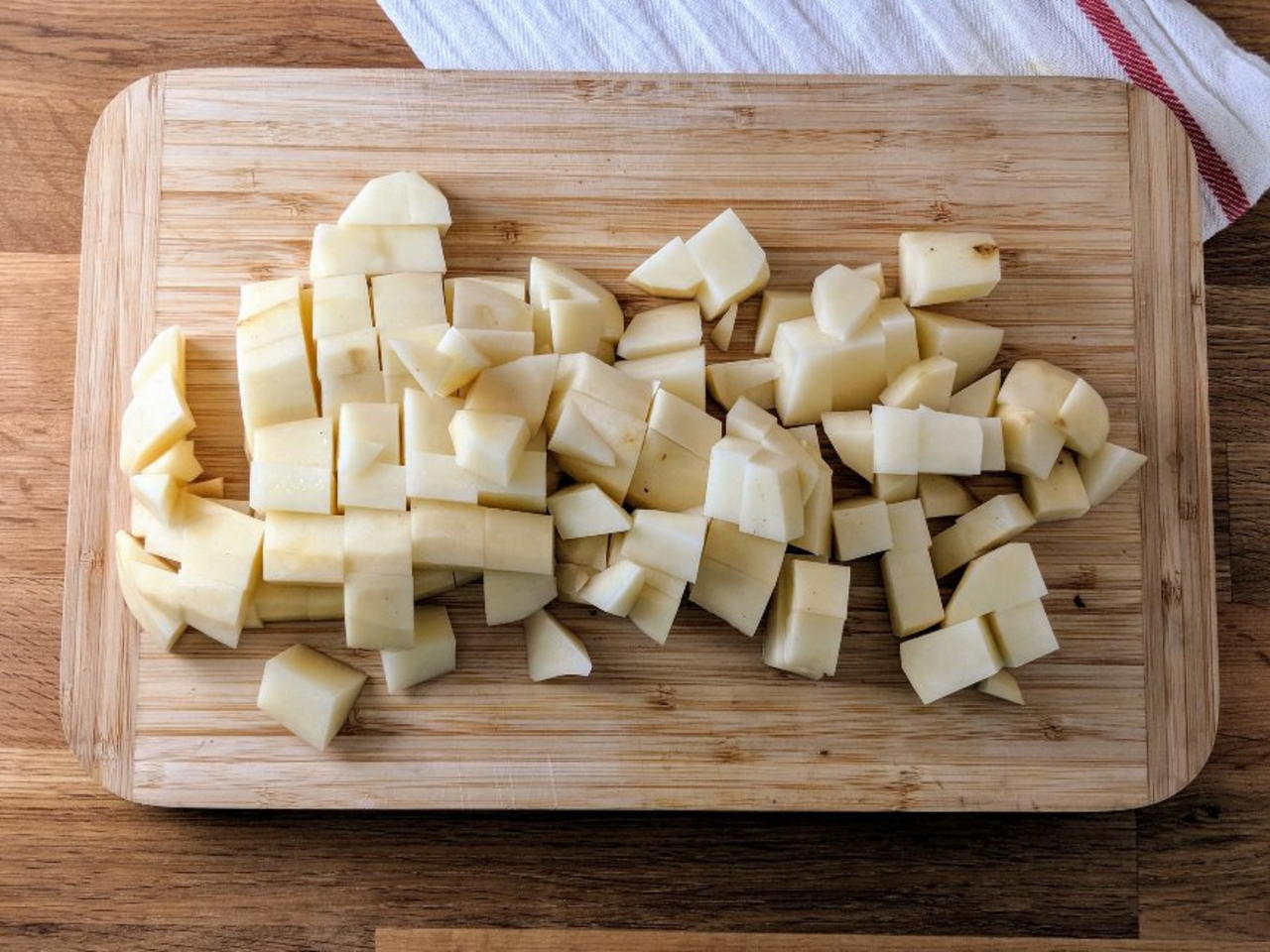
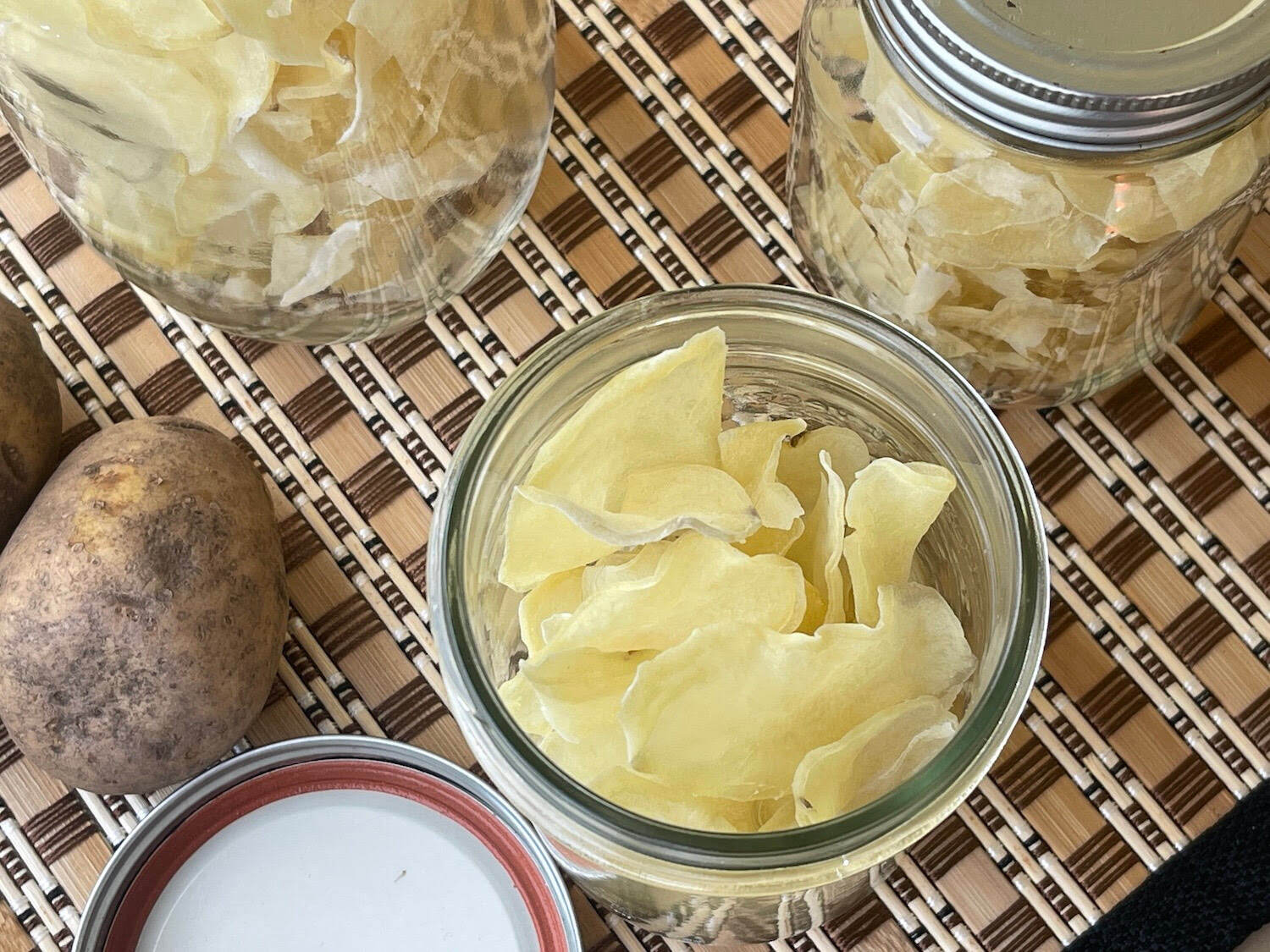
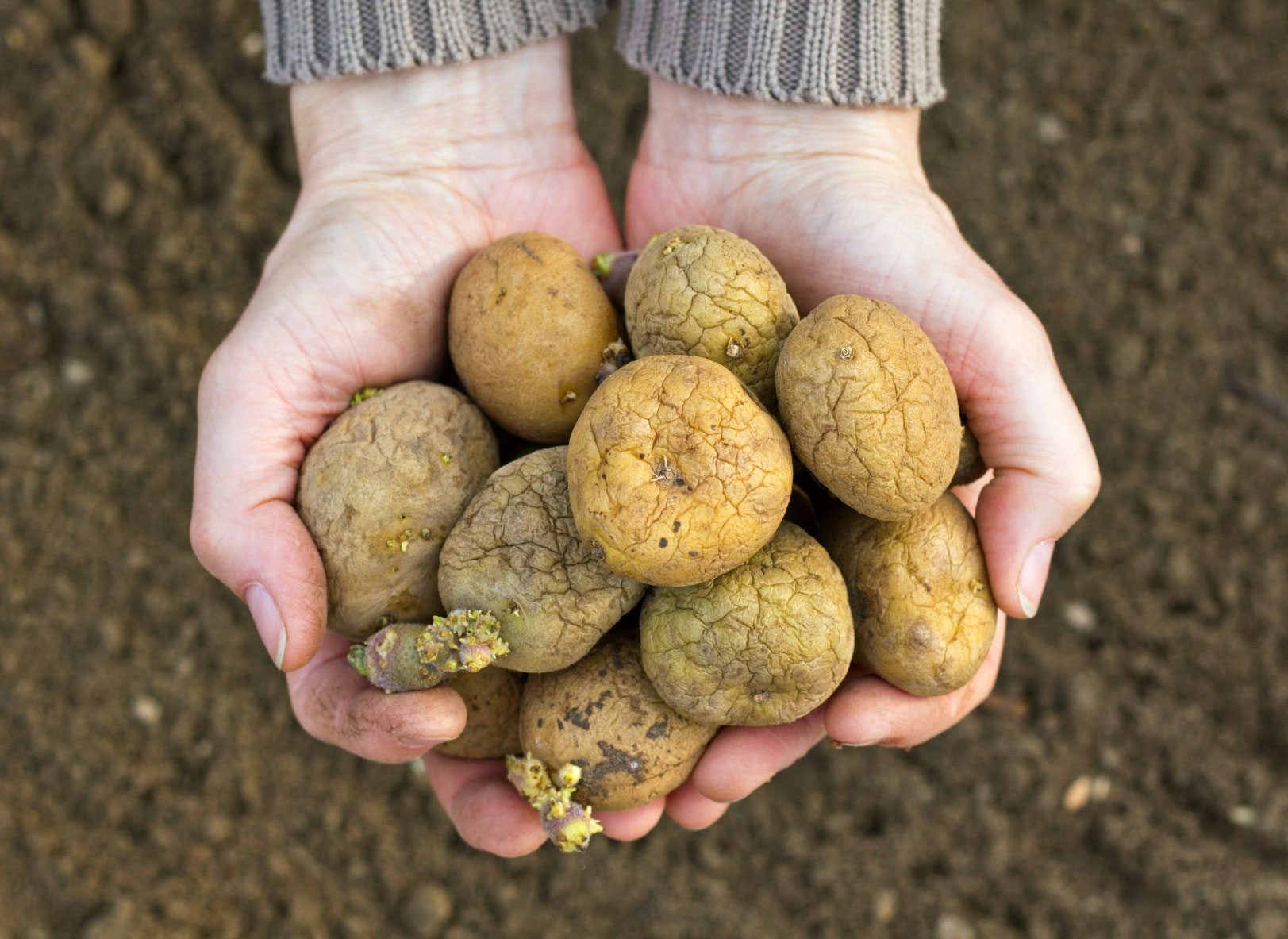
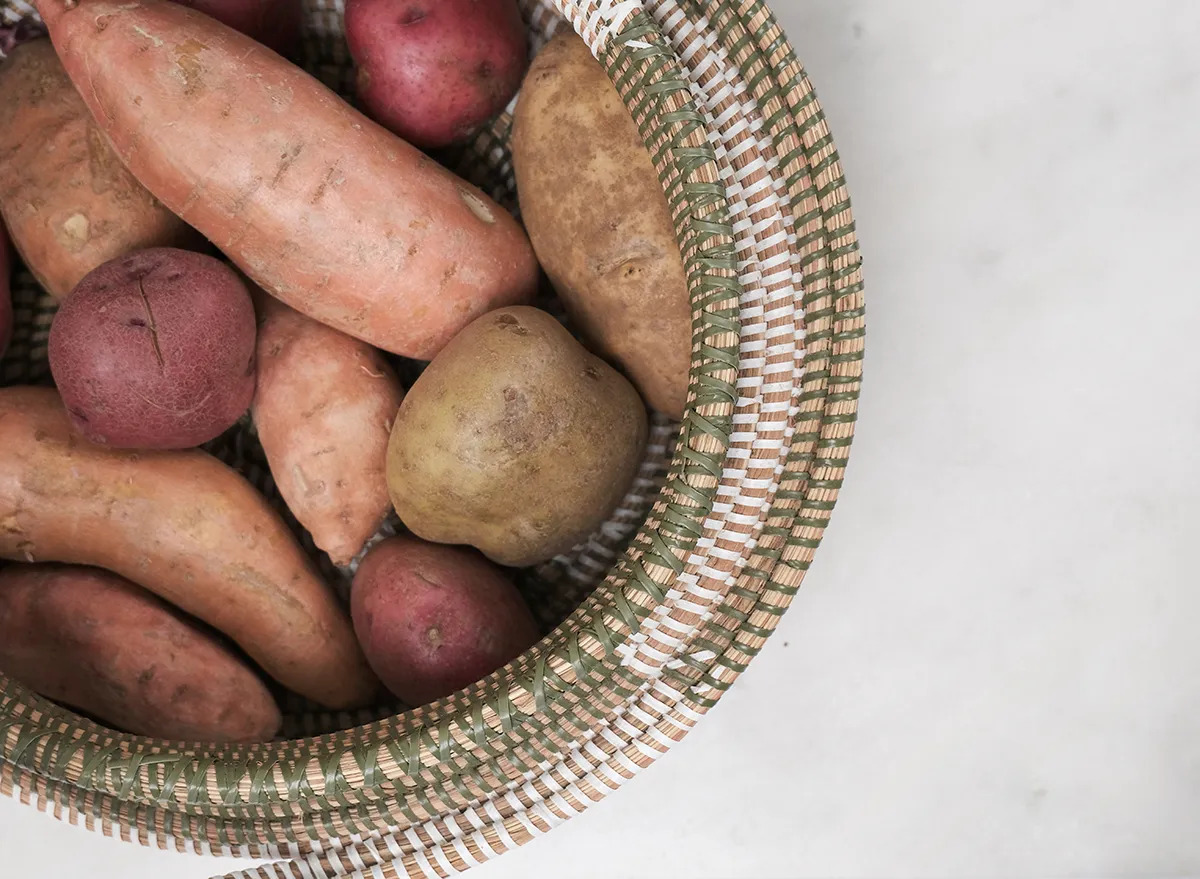
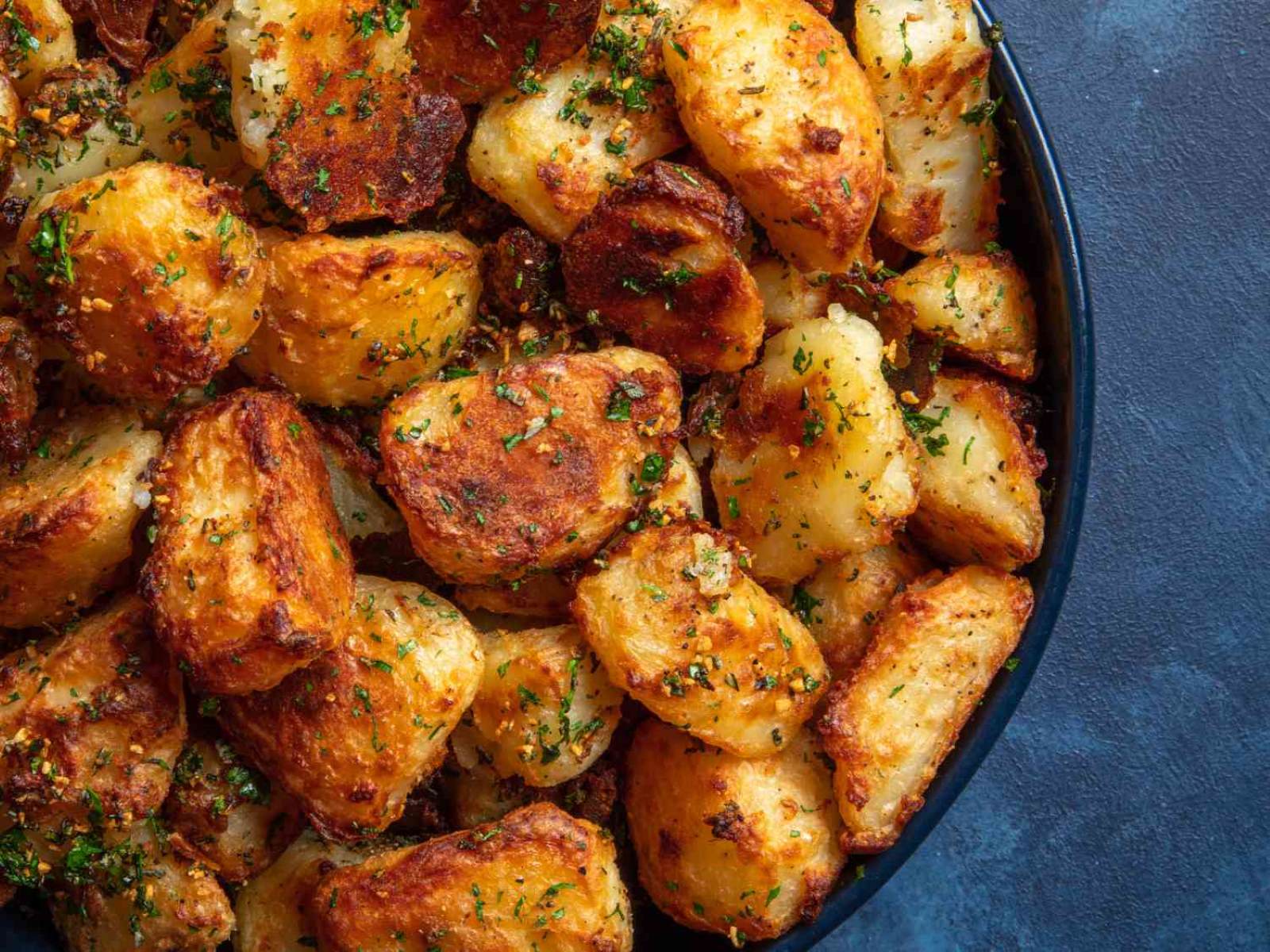
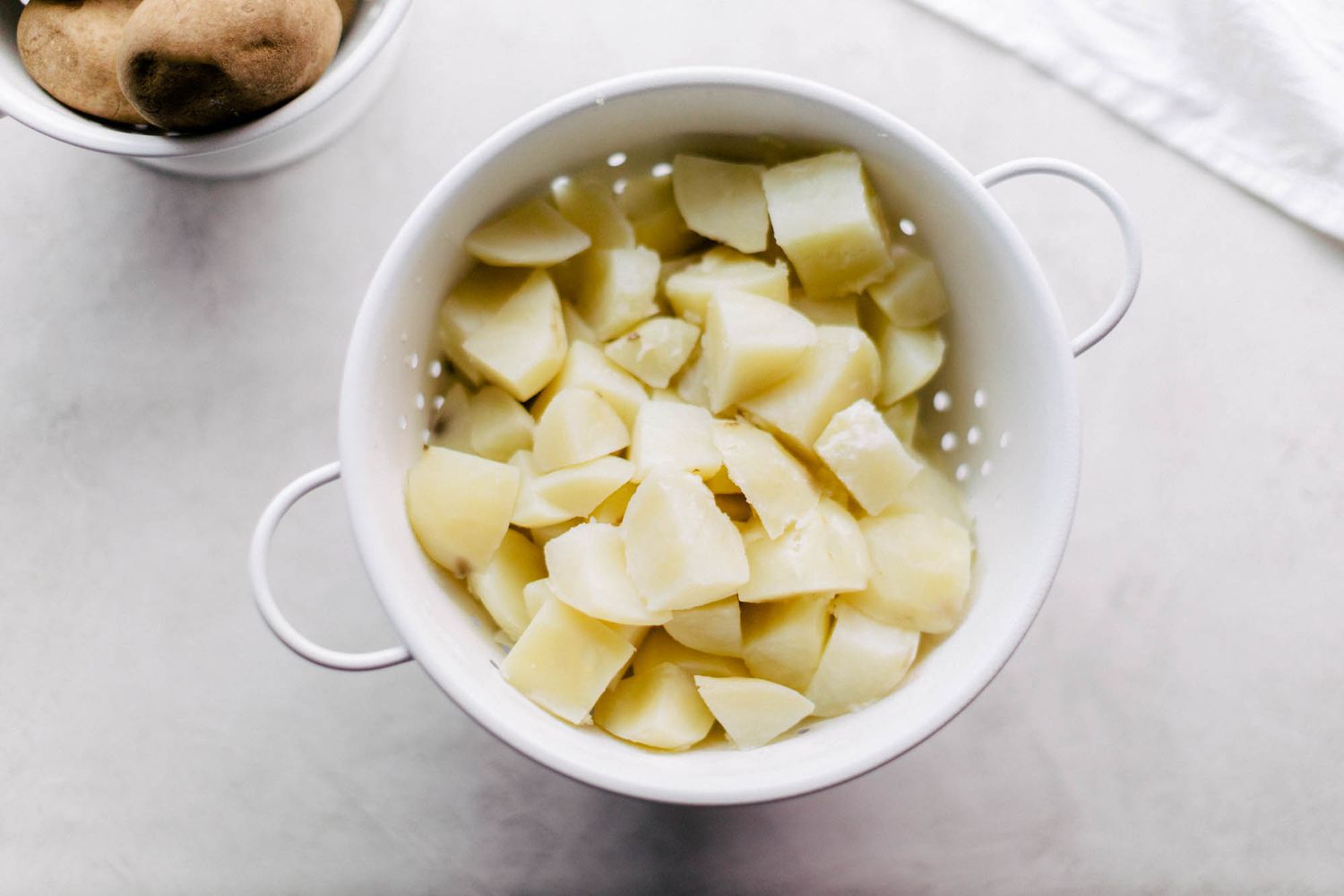
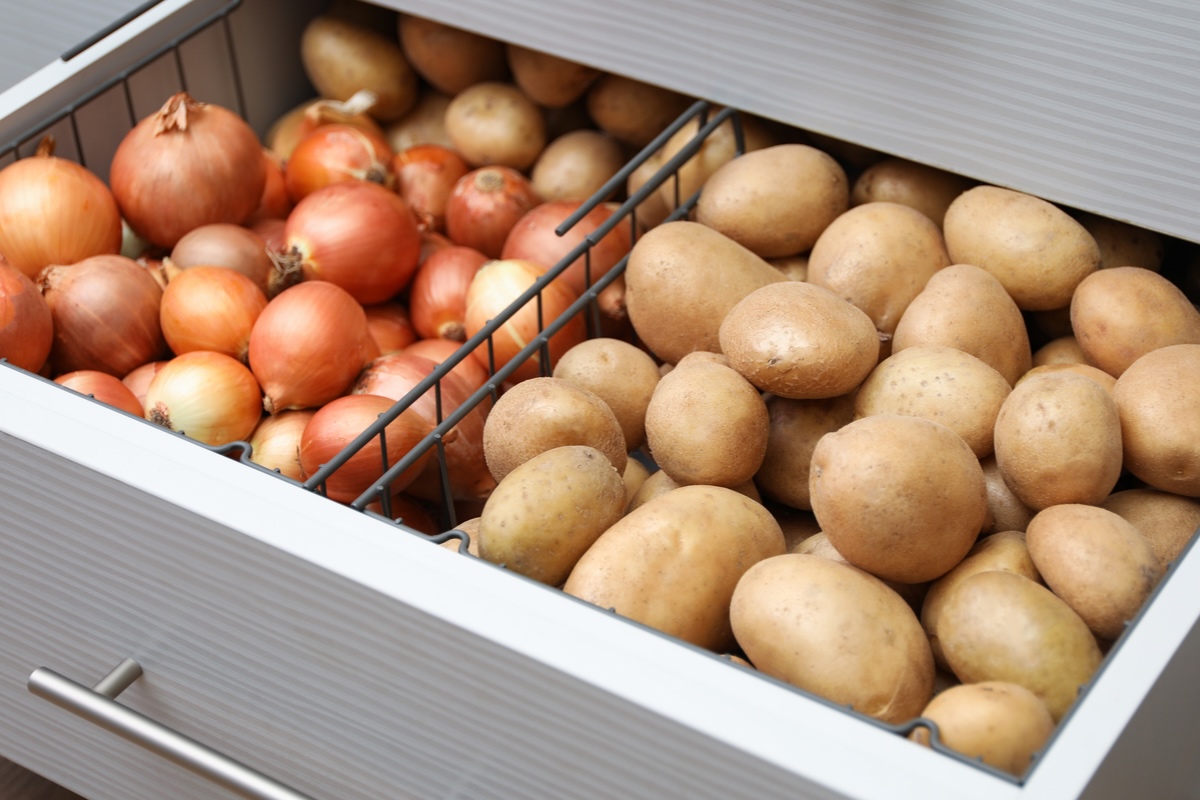
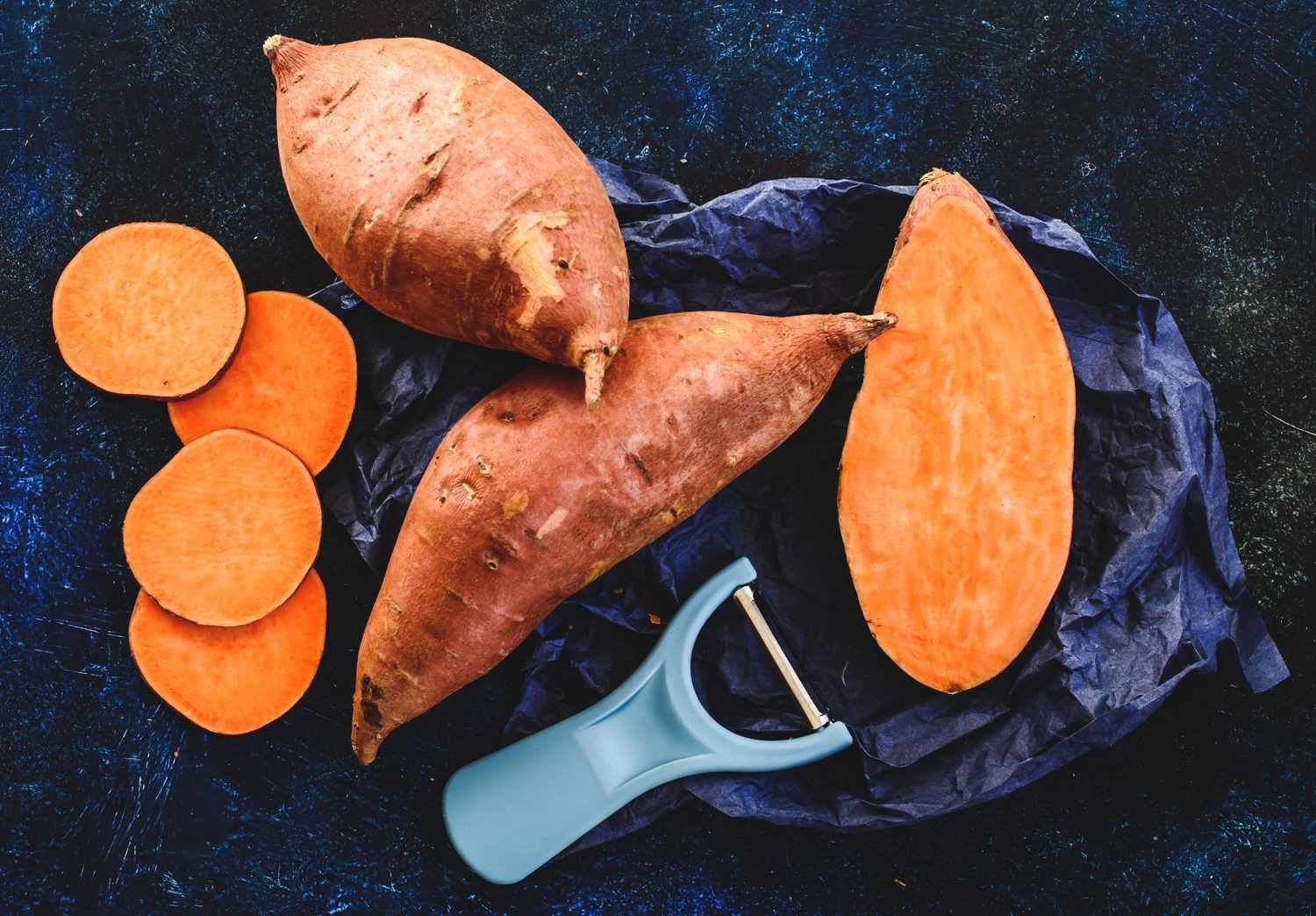
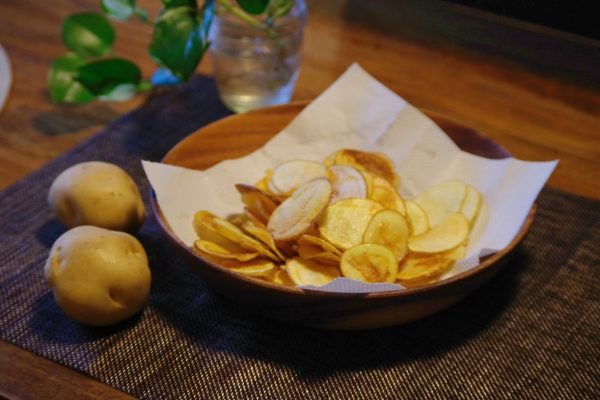

0 thoughts on “How To Store Fingerling Potatoes”